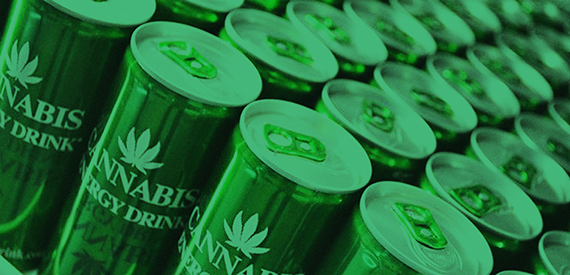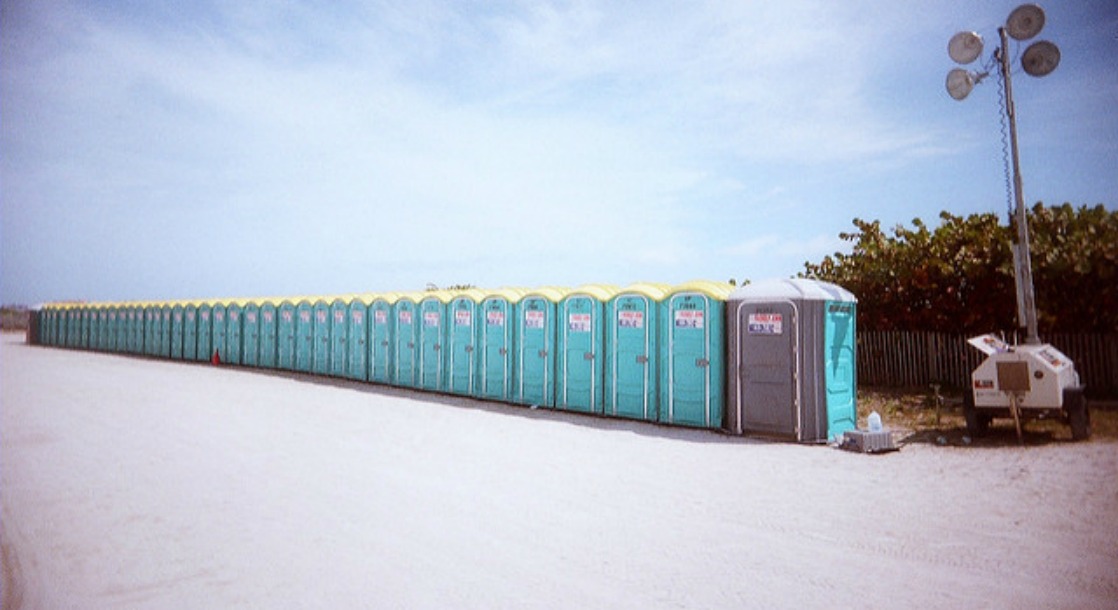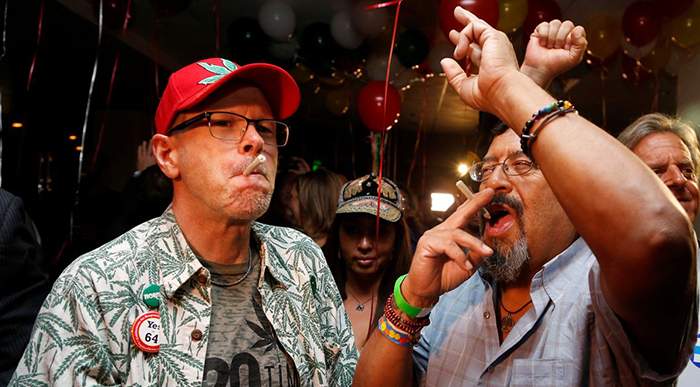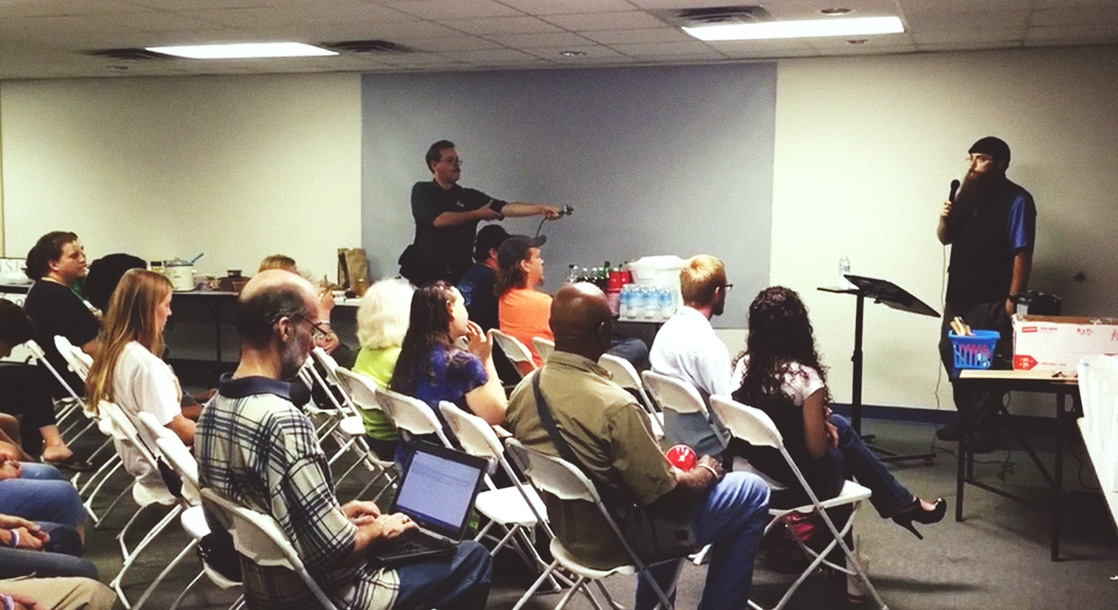Herbal tonics have been a staple of American life from the black gum bark and blackberry teas used by the Cherokee for easing stomach and chest pains to the snake oil salesmen of the old west to modern herbal cleanses. But as more and more states continue to rethink medical and recreational cannabis prohibition, the words herbal tonic are taking on a whole new meaning. In Washington, which legalized recreational use of cannabis at the polls in 2012, Mirth Provisions has created a line of infused beverages aptly named “Legal.” Available in flavors including lemon, cherry, pomegranate and cold brew coffee with milk, Legal beverages offer a carefully dosed cannabis high in a delivery system that is far less threatening to both physical and social wellness. In Colorado, Dixie Elixirs has taken a similar model and become the country’s largest manufacturer of cannabis beverages in addition to its thriving edible and topical cannabis offerings.
According to Joe Hodas, the Chief Marketing Officer of Dixie Elixirs, drinkables are indicative of a major shift in the way people consume—and think—about cannabis. “Dixie and companies like Dixie are changing the norm [for cannabis], and drinks are just one delivery system out of a ton that we offer,” says Hodas. “Edibles, topicals, tinctures, drinks—all of those collectively are pushing the norm of cannabis consumption forward because they’re discreet, because they’re smokeless. In other words, they're not offensive as far as invading people’s airspace with odor.” If Hodas and Dixie Elixirs have anything to say about it, instead of going out for a beer with co-workers, the future might see happy hours consist of cannabis beverages. “Cannabis drinks are more closely akin to alcohol and you can see why you might want to go into a bar and order an elixir as opposed to a beer, for example. I do think it’s all these other products that are helping create a new norm for marijuana,” he explains.
Drinkable cannabis can also bring the health benefits, both physical and mental, of the plant to people who would have never been comfortable smoking a joint or even eating a brownie. Beverages are some of the most approachable vices in the American lexicon, and cannabis beverages, with their easily-measured doses and familiar flavors, could become a staple of a less harmful version of grabbing drinks with friends. As cannabis legalization expands, so will the cannabis beverage market, something that Dixie Elixirs was keen to notice in 2010. “Our CEO had previously been in the nightclub industry and noticed a few of his patrons who would be standing out on the patio smoking cannabis and he asked whether or not the security or PD were going to enforce it, and they said, “Well, no, medical marijuana is legal and it’s not really a top priority anymore. It was a light bulb moment that there was potential for there to be a true economy around cannabis, that it was no longer something underground and illicit.”
Even companies known for their edibles, like California’s Venice Cookie Company, have begun to expand into products like juices and lemonades. And while drinkable cannabis isn’t an entirely new concept—an infused Strawberry Lemonade was featured at the Cannabis Cup in 2013—legal relaxation and the changing face of cannabis in the media has led to a boom in liquid highs.
To hear Hodas tell it, people are willing to go to great lengths to keep their lungs out of the cannabis equation and produce a healthier high. “There are a couple of things [that lead people to drinkables.] Smoking is the most obvious. You don’t want to ingest smoke into your lungs. Most would agree it’s just not that great for you. Secondly, a lot of people don’t realize this but edibles actually affect people differently because the THC is different. When you smoke it, the compound is called THC-9, but when you digest it there’s an enzyme in your liver that converts it into THC-11. It has a different effect, a little more powerful and longer-lasting. So if you’re careful and know the correct dosage it could be a really great product that provides a different experience from smoking it. Last, for those who consume a lot and can take a higher milligram product, or for those who need a lower milligram product, it creates a much more socially acceptable and social element to cannabis. You get to mix the behavior of having drinks—and everyone loves to have a drink in their hand at a party, no matter what it is—and give an option for people who prefer cannabis to alcohol.”
“If you’re careful and use the correct dosage” seem to be the key words with beverages as they are with all cannabis ingestibles since cases like that of cannabis novice, poor reader of directions and New York Times columnist Maureen Dowd brought a great deal of negative publicity to the idea of edibles. Mainstream press outlets have reveled in using Dowd’s experience—she ate an entire chocolate bar, about a dozen servings of cannabis for a first time user, and was surprised when this turned out poorly—as an example of how unsafe cannabis edibles and drinkables can be, but according to Hodas, the State of Colorado has taken specific precautions to avoid mishaps like this one. “With our elixirs, as of February of last year they passed a new regulation here that we’ll carry to other markets with our packaging. Liquid products are required to be resealable (if there’s more than one dose) and child-resistant, and each bottle has to have a measuring mechanism, either a measuring cap or a strip down the side of the bottle that would show dosages.” These regulations allow the consumer to carefully gauge his or her experience with a measuring system that’s already on hand, and eliminate the guesswork of how many pieces of a chocolate bar to eat or how many gummy bears to consume. The future of safe, healthy cannabis consumption is fluid, and companies like Dixie Elixirs are floating with ease.











